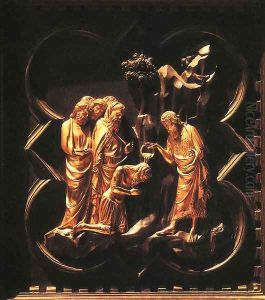Andrea Pisano Paintings
Andrea Pisano, also known as Andrea da Pontedera, was an Italian sculptor and architect who is remembered for his contributions to the early stages of the Italian Renaissance. He was born in Pontedera, near Pisa, around the year 1290. Pisano is particularly renowned for his work in bronze casting and was among the most influential artists of his time in this medium.
Andrea Pisano's early life and training are not well documented, but it is believed that he was trained in the workshops that were part of the flourishing artistic environment in Pisa and Siena. His style suggests that he was influenced by both Gothic and classical traditions, which he integrated to create works with a distinct harmony and clarity.
One of Pisano's most significant works is the bronze door he created for the Baptistery of St. John in Florence, completed in 1336. This door is divided into 28 panels, each depicting scenes from the life of St. John the Baptist, as well as allegorical figures that represent virtues. The door is celebrated for its narrative clarity and the elegance of its figures, which show a mastery of relief sculpture that was groundbreaking at the time.
Pisano also worked on the Campanile (bell tower) of the Florence Cathedral, which was designed by the famous Italian painter and architect Giotto. After Giotto's death in 1337, Pisano took over as the chief architect and continued the construction of the Campanile. He designed and executed a number of the lower reliefs on the tower, which depict the arts, crafts, and daily life of the period and are considered masterpieces of Gothic sculpture.
In addition to his sculptural work, Pisano also held the position of chief architect of the Cathedral of Orvieto from 1347 until his death around 1348, during a plague that swept through Europe. His contributions to architecture, although less well-known than his sculptural achievements, were significant in the development of Italian Gothic architecture.
Andrea Pisano's work is noted for its graceful figures and expressive faces, which were innovative at the time and had a profound influence on the evolution of Italian sculpture. His ability to combine Gothic intricacies with classical simplicity and humanism marked an important transition in art history and paved the way for the flourishing of the Italian Renaissance.
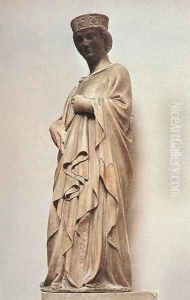
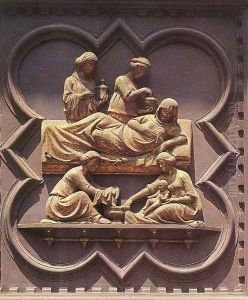
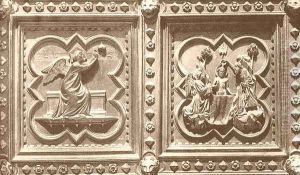
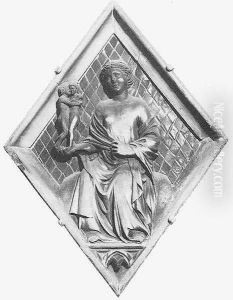
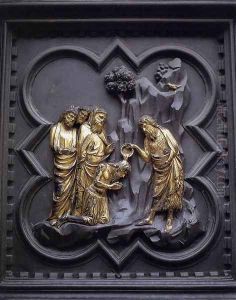
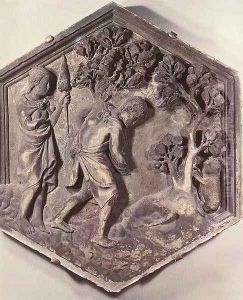
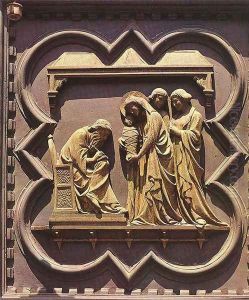
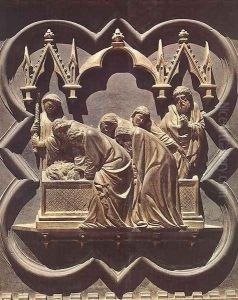
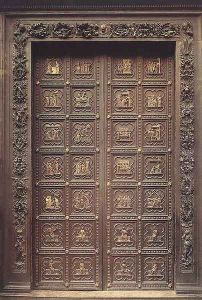
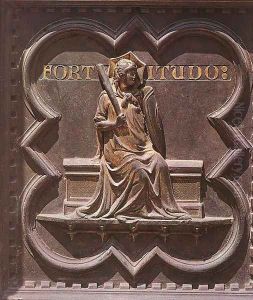
![The Tiburtine Sibyl [detail #1]](https://www.niceartgallery.com/imgs/245423/s/andrea-pisano-the-tiburtine-sibyl-detail-1-510a8185.jpg)
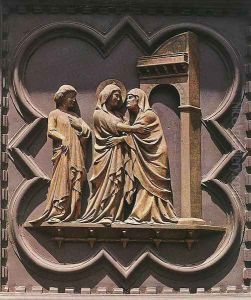
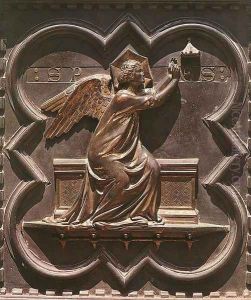
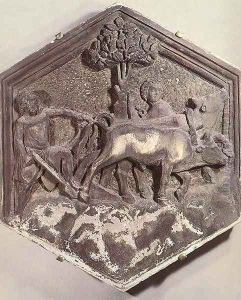
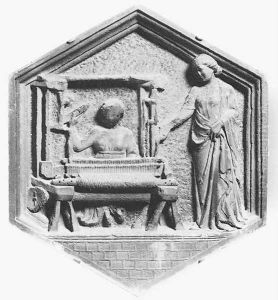
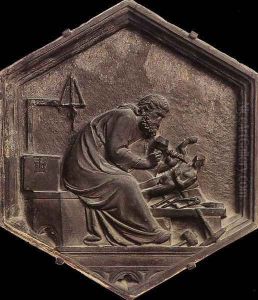
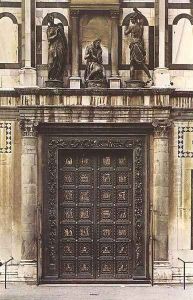
![South Doors [detail #2]](https://www.niceartgallery.com/imgs/245415/s/andrea-pisano-south-doors-detail-2-637fc75c.jpg)
![South Doors [detail #1]](https://www.niceartgallery.com/imgs/245414/s/andrea-pisano-south-doors-detail-1-b49d4704.jpg)
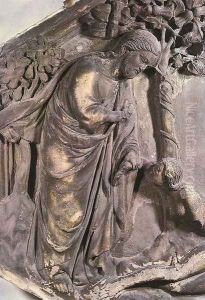
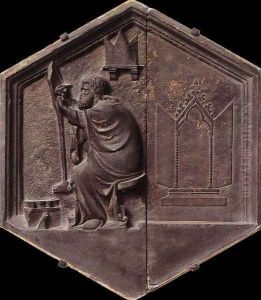
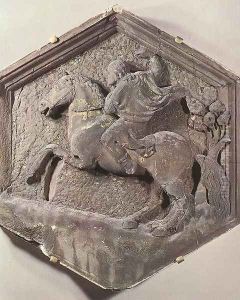
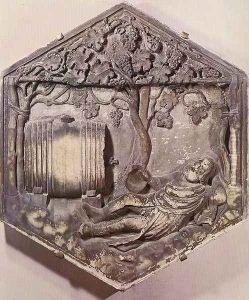
![Shepherd [detail #1]](https://www.niceartgallery.com/imgs/245409/s/andrea-pisano-shepherd-detail-1-e6d1ec7d.jpg)
